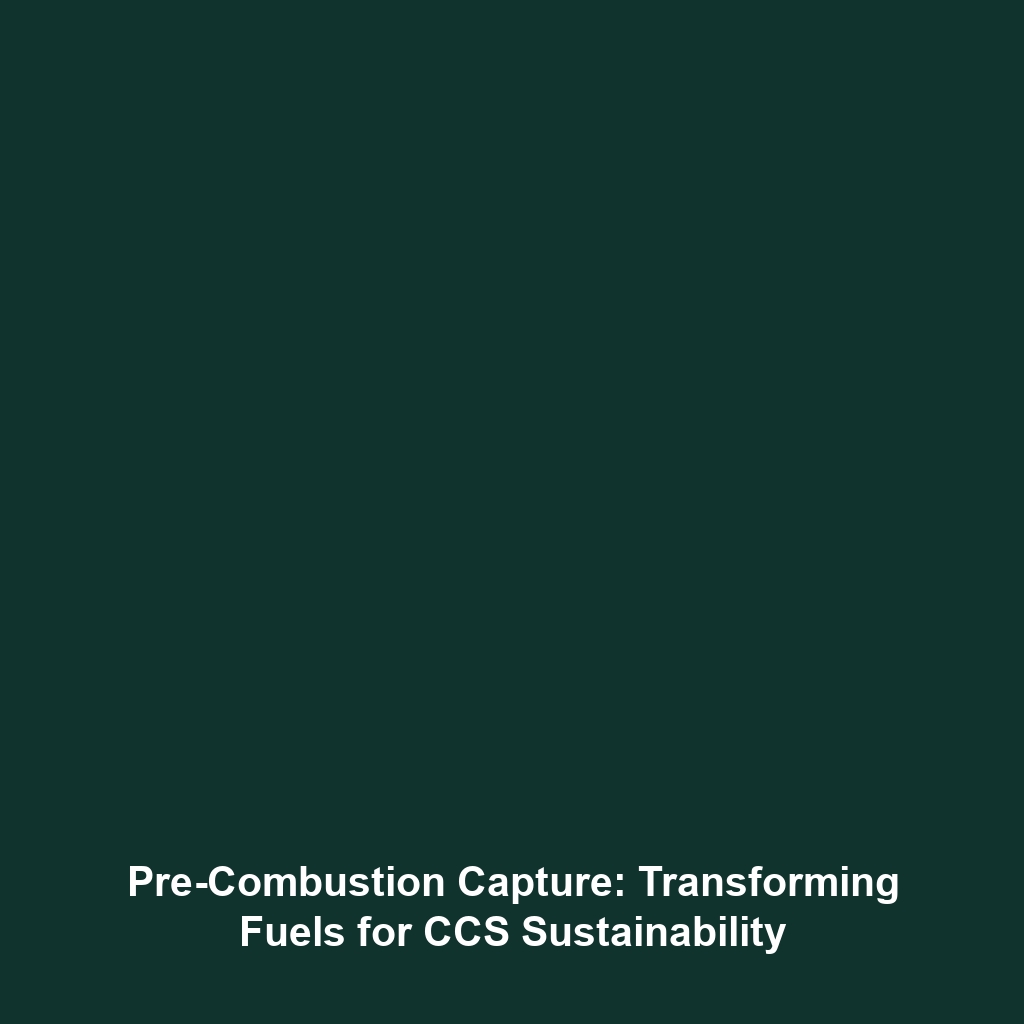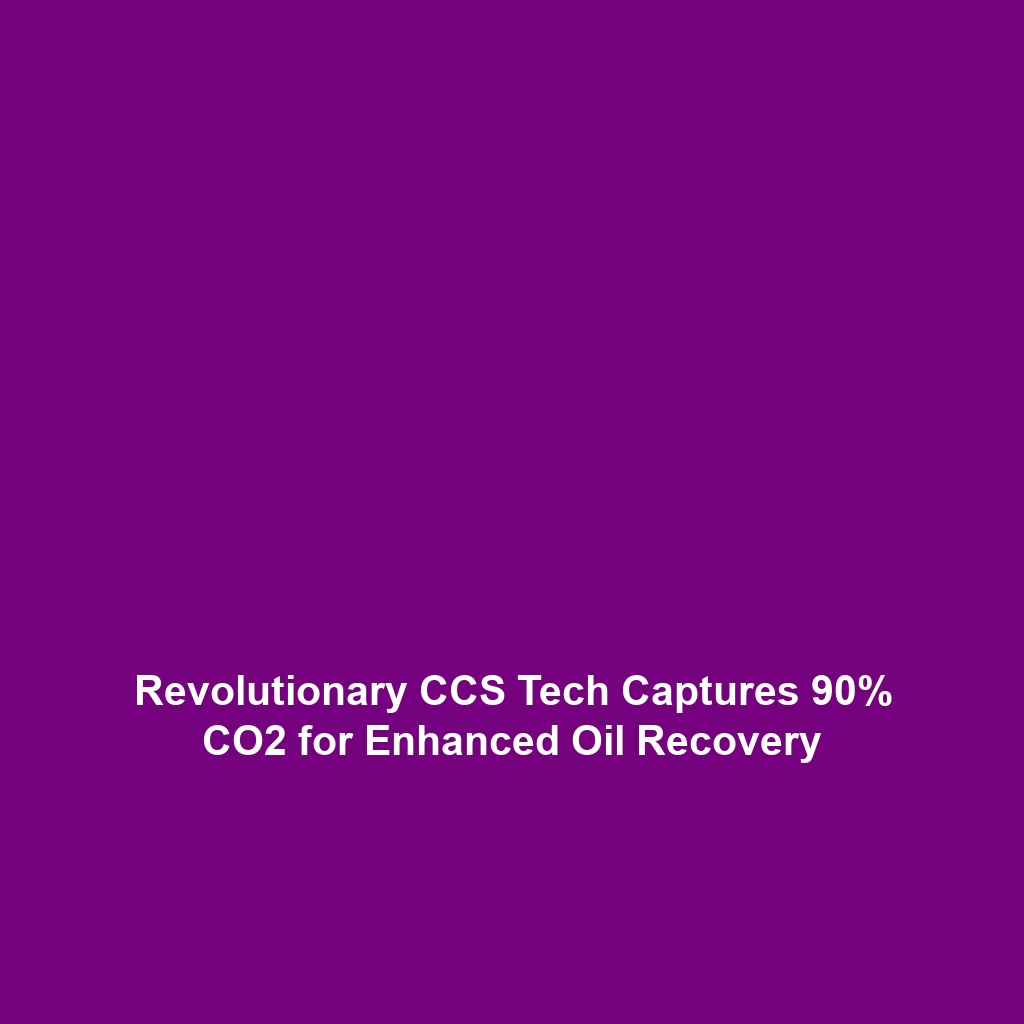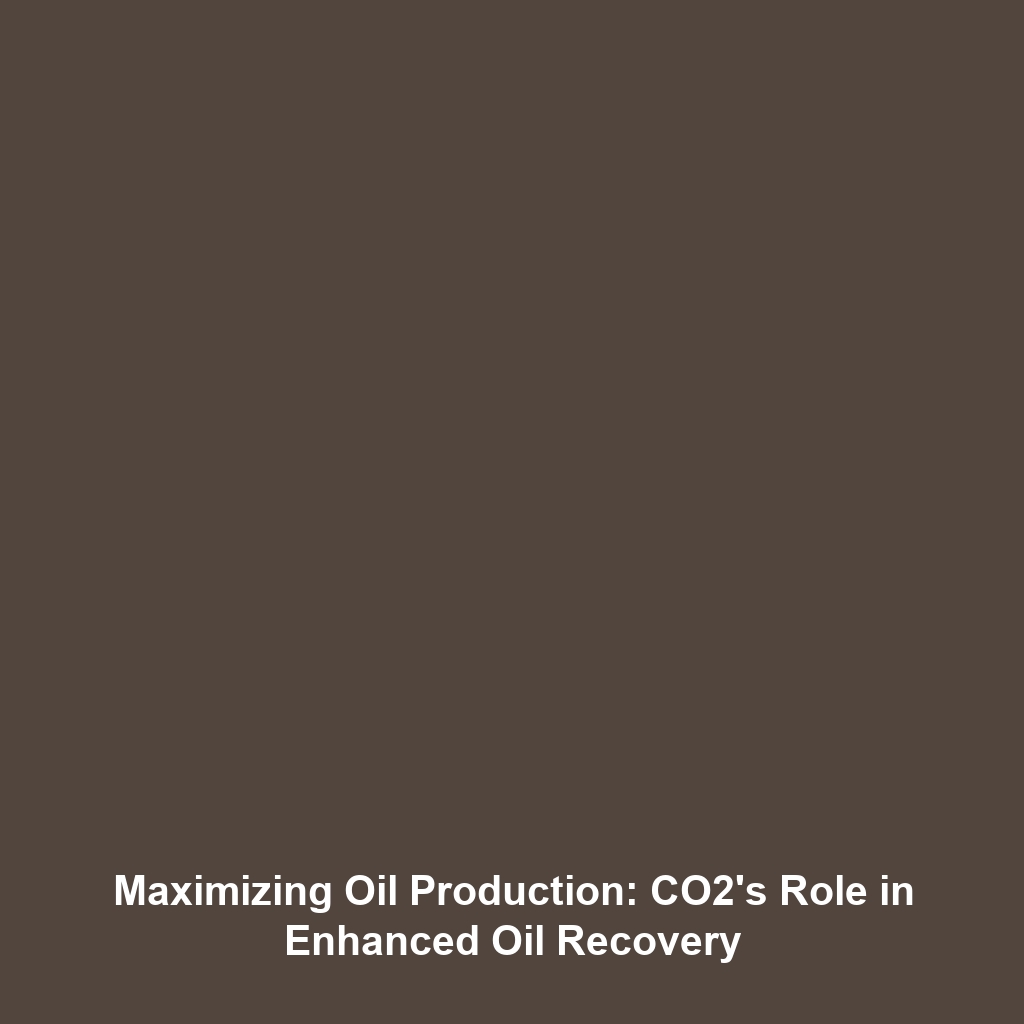<>
Pre-Combustion Capture: An Essential Component of Carbon Capture & Storage (CCS)
Introduction
Pre-combustion capture represents a transformative approach in the field of Carbon Capture & Storage (CCS). This innovative technology involves converting various fuels—including coal, natural gas, or biomass—into a syngas composed mainly of hydrogen and carbon dioxide (CO2) prior to combustion. The significance of this technology lies in its potential to reduce greenhouse gas emissions, thereby combating climate change. As the world moves towards more sustainable energy solutions, understanding the mechanisms and applications of pre-combustion capture becomes increasingly vital.
Key Concepts
Pre-combustion capture is anchored in several key principles that define its operation within the CCS paradigm. Below are the major concepts associated with this method:
- Gasification: The process of converting solid or liquid fuels into syngas through a reaction with oxygen and steam.
- Hydrogen Production: Focus on producing hydrogen—a clean fuel for power generation—while effectively separating CO2.
- CO2 Capture and Storage: Integration of capturing CO2 for safe storage or utilization, contributing significantly to emission reduction efforts.
By understanding these concepts, we can better appreciate how pre-combustion capture fits within the broader narrative of Carbon Capture & Storage (CCS).
Applications and Real-World Uses
The implementation of pre-combustion capture technology is witnessing growth in various applications, particularly in industries striving to reduce their carbon footprint. Below are significant real-world uses:
- Power Generation: Utilization in natural gas power plants to enhance efficiency while minimizing CO2 emissions.
- Industrial Processes: Application in hydrogen production facilities, facilitating a transition to cleaner fuels.
Understanding how pre-combustion capture is utilized in these contexts is vital for industries looking to adopt sustainable methods consistent with the objectives of Carbon Capture & Storage (CCS).
Current Challenges
The challenges of pre-combustion capture are multifaceted, impacting its effectiveness and adoption:
- Cost: High initial investments for technology implementation.
- Technical Complexity: Challenges in integrating capture processes with existing systems.
- Public Acceptance: Concerns regarding the safety and long-term storage of captured CO2.
Addressing these issues in CCS is crucial for the future viability of pre-combustion capture technologies.
Future Research and Innovations
Future research is vital for advancing pre-combustion capture technologies. Innovations focusing on the following areas are expected to shape the future of CCS:
- Cost Reduction: Developing cheaper materials and processes for capturing CO2.
- Advances in Catalysts: Improving efficiency in hydrogen production through better catalysts.
- Integrated Systems: Creating more streamlined systems combining energy generation with carbon capture seamlessly.
These breakthroughs could revolutionize how hydrogen is produced and CO2 is managed within the energy sector, significantly impacting Carbon Capture & Storage (CCS) practices.
Conclusion
In summary, pre-combustion capture plays a critical role in Carbon Capture & Storage (CCS), offering substantial benefits in reducing greenhouse gas emissions while producing clean hydrogen. While challenges remain, ongoing research and technological advancements hold promise for overcoming these barriers. Stakeholders are encouraged to consider the implications of adopting pre-combustion capture technologies in their efforts to combat climate change. For further reading, explore our topics on Hydrogen Production and CO2 Storage Solutions.





